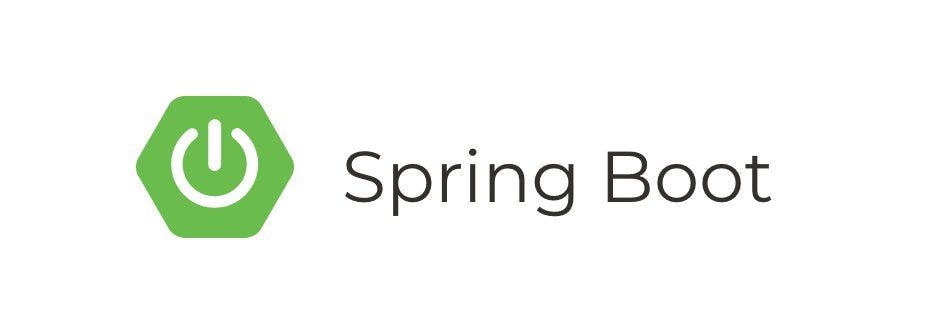Introduction
Spring Boot is a popular framework for building Java-based web applications. It simplifies the development process by providing default configurations and a variety of tools for creating stand-alone, production-grade applications. Ollama is a hypothetical API service for machine learning tasks (e.g., text generation, image processing, etc.). In this tutorial, we will build a Spring Boot application and integrate it with the Ollama API to demonstrate how you can leverage external APIs within a Spring Boot project.
Prerequisites
- JDK 11 or later installed
- Maven or Gradle installed
- Basic knowledge of Java and Spring Boot
- An account with access to the Ollama API (assuming it requires authentication)
Step 1: Setting Up the Spring Boot Project
- Create a new Spring Boot project using Spring Initializr: Go to Spring Initializr and create a project with the following specifications:
- Project: Maven Project
- Language: Java
- Spring Boot: 3.0.0 or later
- Dependencies: Spring Web, Spring Boot DevTools, Lombok Alternatively, you can use the following command to generate a project:
curl https://start.spring.io/starter.zip -d dependencies=web,devtools,lombok -d type=maven-project -d language=java -d bootVersion=3.0.0 -d baseDir=spring-boot-ollama -o spring-boot-ollama.zip
unzip spring-boot-ollama.zip
cd spring-boot-ollama- Open the project in your favorite IDE (e.g., IntelliJ IDEA, Eclipse).
Step 2: Define the Ollama API Integration
- Create a configuration file for Ollama API: In
src/main/resources, create a file namedapplication.propertiesand add the following configuration:
ollama.api.base-url=https://api.ollama.com
ollama.api.key=your_ollama_api_key- Create a model class for the API request and response: In
src/main/java/com/example/demo/model, createOllamaRequest.javaandOllamaResponse.java:
// OllamaRequest.java
package com.example.demo.model;
import lombok.AllArgsConstructor;
import lombok.Data;
import lombok.NoArgsConstructor;
@Data
@AllArgsConstructor
@NoArgsConstructor
public class OllamaRequest {
private String inputText;
} // OllamaResponse.java
package com.example.demo.model;
import lombok.Data;
@Data
public class OllamaResponse {
private String outputText;
}- Create a service class to handle the API interaction: In
src/main/java/com/example/demo/service, createOllamaService.java:
// OllamaService.java
package com.example.demo.service;
import com.example.demo.model.OllamaRequest;
import com.example.demo.model.OllamaResponse;
import org.springframework.beans.factory.annotation.Value;
import org.springframework.stereotype.Service;
import org.springframework.web.reactive.function.client.WebClient;
import reactor.core.publisher.Mono;
@Service
public class OllamaService {
private final WebClient webClient;
public OllamaService(WebClient.Builder webClientBuilder,
@Value("${ollama.api.base-url}") String baseUrl,
@Value("${ollama.api.key}") String apiKey) {
this.webClient = webClientBuilder
.baseUrl(baseUrl)
.defaultHeader("Authorization", "Bearer " + apiKey)
.build();
}
public Mono<OllamaResponse> processText(OllamaRequest request) {
return this.webClient.post()
.uri("/process-text")
.bodyValue(request)
.retrieve()
.bodyToMono(OllamaResponse.class);
}
}Step 3: Create a Controller to Expose the API
- Create a REST controller: In
src/main/java/com/example/demo/controller, createOllamaController.java:
// OllamaController.java
package com.example.demo.controller;
import com.example.demo.model.OllamaRequest;
import com.example.demo.model.OllamaResponse;
import com.example.demo.service.OllamaService;
import org.springframework.beans.factory.annotation.Autowired;
import org.springframework.web.bind.annotation.*;
import reactor.core.publisher.Mono;
@RestController
@RequestMapping("/api/ollama")
public class OllamaController {
@Autowired
private OllamaService ollamaService;
@PostMapping("/process")
public Mono<OllamaResponse> processText(@RequestBody OllamaRequest request) {
return ollamaService.processText(request);
}
}Step 4: Run the Application
- Build and run the application:
mvn spring-boot:run- Test the endpoint: Use a tool like
curlor Postman to send a POST request to the/api/ollama/processendpoint. Examplecurlcommand:
curl -X POST http://localhost:8080/api/ollama/process \
-H "Content-Type: application/json" \
-d '{"inputText": "Hello, Ollama!"}'Conclusion
You’ve now set up a basic Spring Boot application that integrates with the Ollama API. This tutorial covers the essentials: configuring an external API, creating service and controller layers, and running the application. From here, you can expand the functionality, add error handling, and integrate with other services as needed.





